Pakistan’s Foreign Policy Challenges
Written by Rikhtiya — Discovering Secret Facts
- Introduction to Pakistan’s Foreign Policy
- Key Historical Influences on Pakistan’s Foreign Policy
- Major Foreign Policy Challenges
- Strained Relations with India
- Managing Ties with Afghanistan.
- Balancing Relations with China and the U.S.
- Middle East Diplomacy
- Economic Diplomacy and Global Trade
- Environmental and Climate Diplomacy
- Recommendations for a Forward-Looking Foreign Policy
- Conclusion
Pakistan’s foreign policy plays a crucial role in shaping its international relations, security, and economic development. As a strategically located country with a complex geopolitical environment, Pakistan faces numerous challenges that demand a balanced and pragmatic approach.
Introduction to Pakistan’s Foreign Policy
Pakistan’s foreign policy is guided by its national interests, regional dynamics, and international obligations. The primary objectives include:
Safeguarding national security
Promoting economic growth
Building strategic alliances
Supporting global peace initiatives
Key Historical Influences on Pakistan’s Foreign Policy

Legacy of Partition
The historical tension with India, particularly over Kashmir, has been a persistent influence on Pakistan’s diplomatic priorities.
The Cold War Era
Pakistan’s alliance with the United States during the Cold War shaped its defense and economic aid policies, especially under military regimes.
The Afghan Conflict
The Soviet invasion of Afghanistan and the subsequent U.S. war on terror transformed Pakistan into a front-line state, bringing both strategic benefits and internal instability.
Major Foreign Policy Challenges
Strained Relations with India
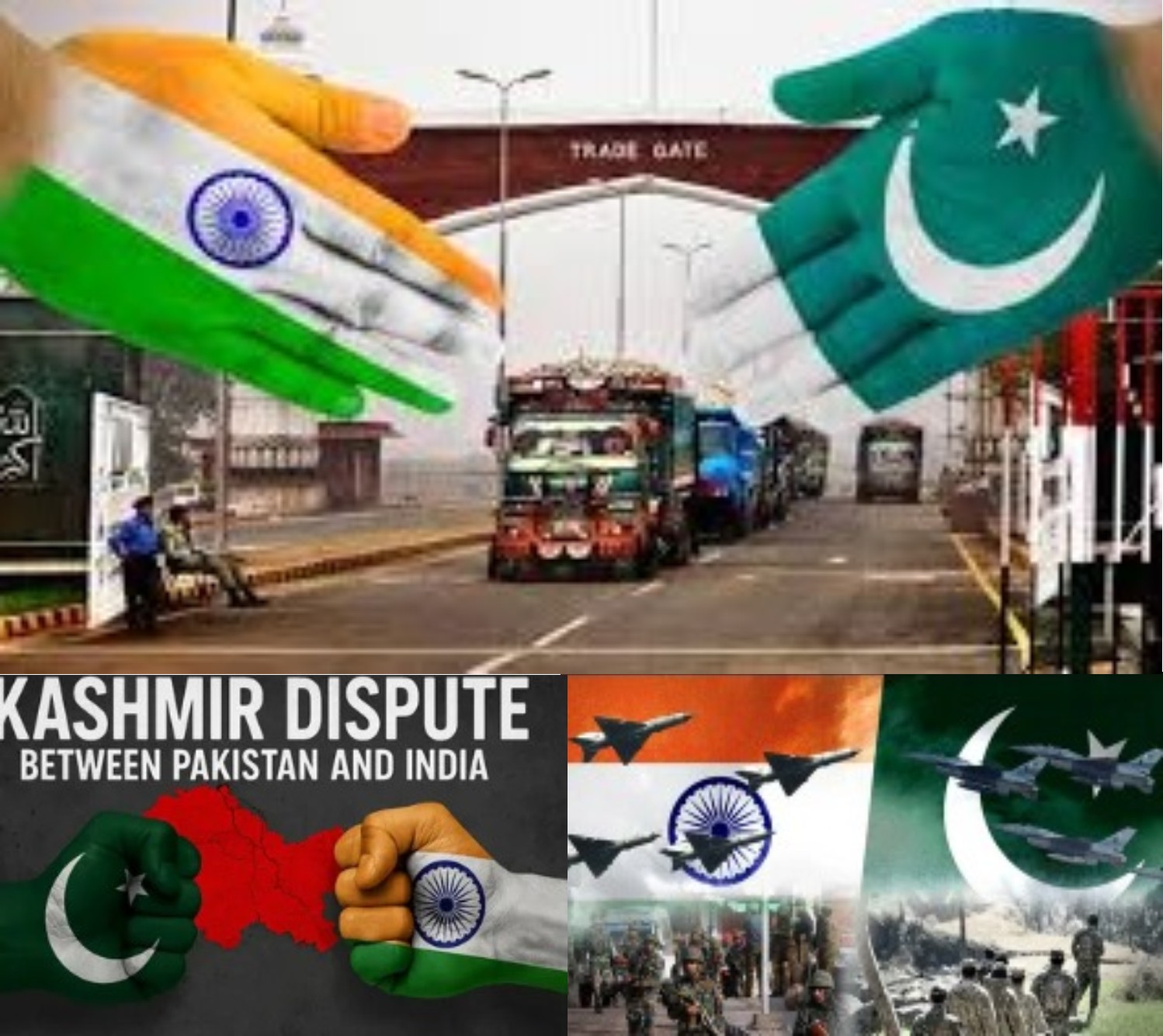
- A visual representation of Pakistan’s key foreign policy challenges including India, Afghanistan, China, the U.S., and the Middle East.
: The Kashmir Dispute
The unresolved Kashmir issue remains a major roadblock in fostering peace with India, leading to frequent border skirmishes and diplomatic stand-offs.
: Trade and Connectivity Barriers
Limited bilateral trade and suspended dialogue reduce opportunities for regional economic integration.
Managing Ties with Afghanistan.
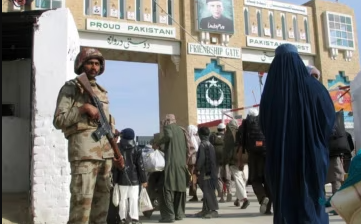
Border Security and Terrorism
The porous border with Afghanistan presents security concerns, with cross-border militancy affecting both nations.
Refugee Crisis and Humanitarian Concerns
Hosting millions of Afghan refugees strains Pakistan’s economy and infrastructure.
Balancing Relations with China and the U.S.
China-Pakistan Economic Corridor (CPEC)
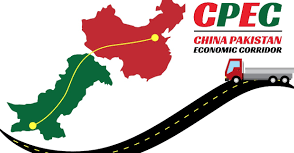
CPEC has strengthened Sino-Pak ties, offering economic and infrastructure development, but it also raises concerns over debt and sovereignty.
Fluctuating U.S.-Pakistan Relations
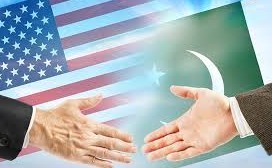
Ties with the U.S. remain unstable due to differing views on counterterrorism, regional security, and Pakistan’s ties with China.
Middle East Diplomacy
Navigating Rivalries
Pakistan faces challenges in balancing its relations with key players like Saudi Arabia and Iran, often caught in regional sectarian and strategic rivalries.
Economic Diplomacy and Global Trade
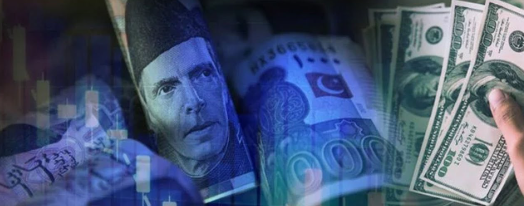
Pakistan’s foreign policy must prioritize:
Expanding exports through diversified markets
Attracting foreign direct investment (FDI)
Leveraging diaspora diplomacy for remittances and soft power
Role of Multilateral Institutions
Active participation in the United Nations, the Organization of Islamic Cooperation (OIC), and the Shanghai Cooperation Organization (SCO) is vital for economic and diplomatic leverage.
Environmental and Climate Diplomacy

Climate change is an emerging foreign policy challenge. Pakistan, being highly vulnerable to environmental degradation, must:
Advocate for climate justice globally
Secure international climate financing
Cooperate regionally on water management and disaster preparedness
Recommendations for a Forward-Looking Foreign Policy
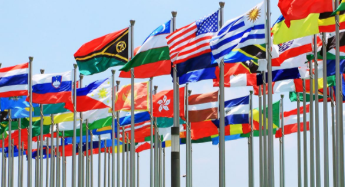
Strategic Realignment
Diversify diplomatic partnerships beyond traditional allies and enhance ties with emerging economies like Turkey, Central Asian republics, and Africa.
Diplomatic Professionalism
Invest in diplomatic training and institutional capacity building to effectively represent Pakistan’s interests abroad.
People-Centric Approach
Promote cultural diplomacy, educational exchanges, and tourism to improve Pakistan’s global image.
Conclusion
Pakistan’s foreign policy is at a crossroads. Navigating the challenges of regional tensions, economic pressures, and global power shifts requires a pragmatic, well-calibrated, and forward-thinking approach. By aligning national interests with global trends, Pakistan can turn its foreign policy challenges into strategic opportunities.








